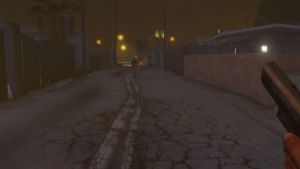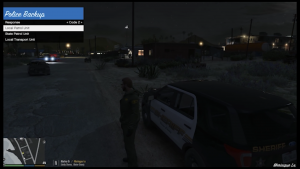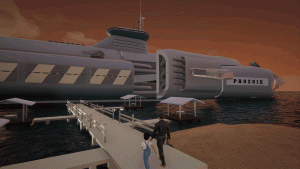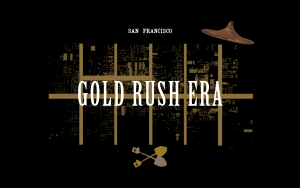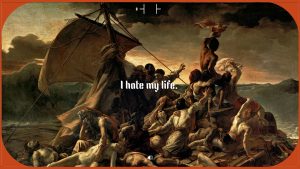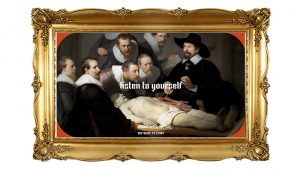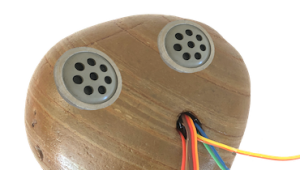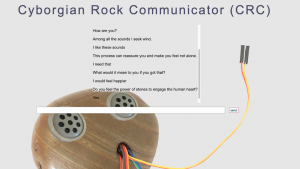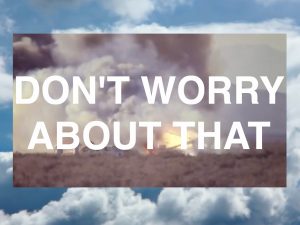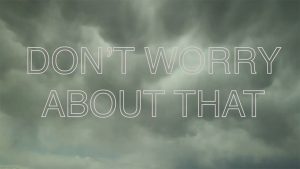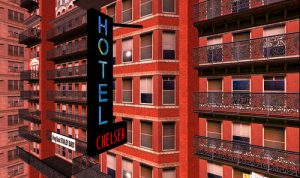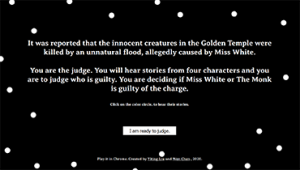Attention must be brought to the needless death's that LEO's inflict on under served US populations one impactful PSA at a time.
Christopher Wray
Description
This project was created to bring attention to the increase of deaths among undeserved citizens of the United States. The hope was to show (in this case) the usage of stun guns in situations that have paralleled some of the highest profile police brutality cases today. I want to illustrate that you “don't” have to shoot to kill in these tense interactions.
Video Links
PSA #1 – https://drive.google.com/file/d/15A5Exj7MsEGHB_uNJUdwrRR1CT6wTf5M/view?usp=sharing
PSA #2 – https://drive.google.com/file/d/1qX435KI9UpoHaa1OvtXlmlPbkJ57qENr/view?usp=sharing
PSA #3 – https://drive.google.com/file/d/1C1aonTq_cI1v6EoCbKTwQSL-WTnarKrF/view?usp=sharing

